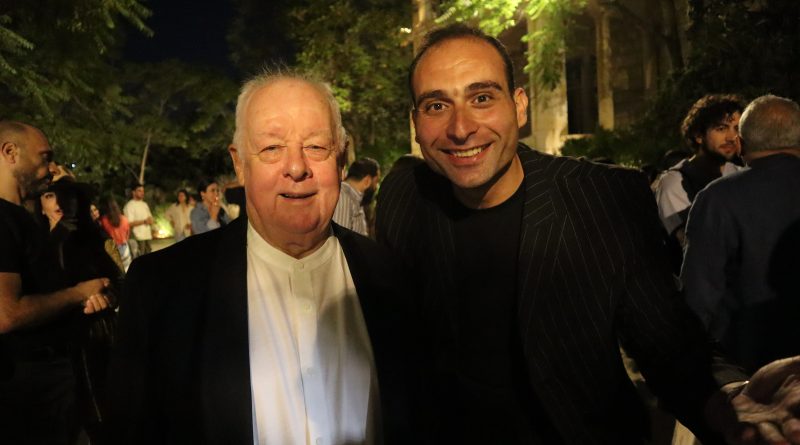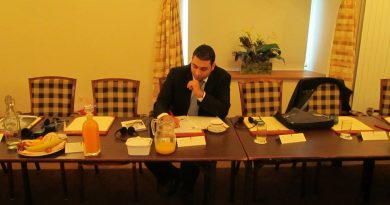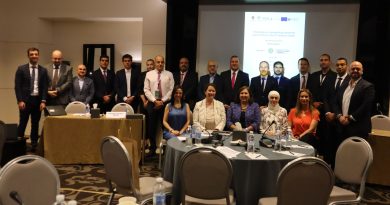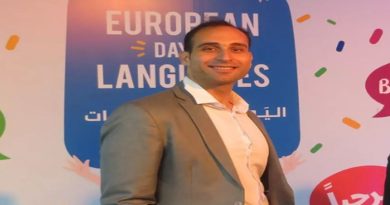The Story of Human Heritage: The Case of Leader Feras Naser
Nations leave behind stories that are told for years and years — stories of great leaders, prophets, and popular heroes. They leave a human legacy intertwined with celebration, cuisine, the material artifacts of civilization, and timeless poetry and proverbs. I never imagined I would officially move to register the story of Feras Naser as a human heritage story.
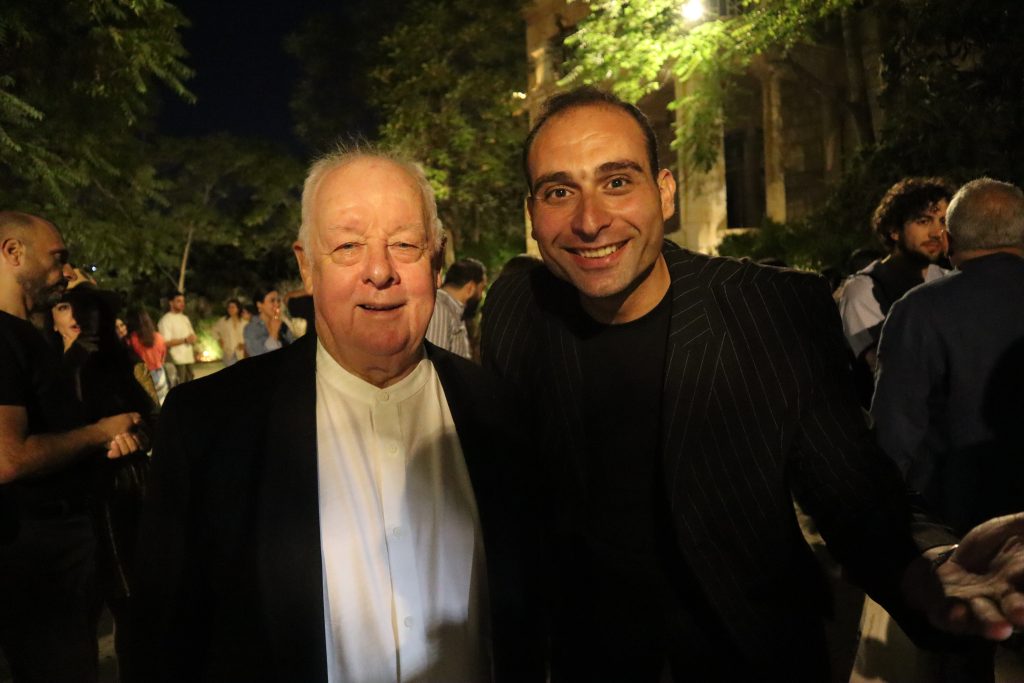
made this decision after observing three crucial factors. The first is the targeting and denial of opportunities faced by many Arab, Muslim, and minority youth globally, while certain countries, corporations, or specific groups of young people receive immense wealth with little effort. The significance of this observation lies in fairly narrating the journey of technological, intellectual, and scientific development worldwide. It sheds light on the genuine deprivation and exclusion suffered by many young people, and more importantly, offers a solution to this recurring dilemma by establishing the Collaborative Innovation Movement as a refuge for young innovators in need.
Who is Feras Naser?
Before delving into the other reasons that compelled me to officially register this case as a human heritage story, let’s understand who Feras Naser is. His story is that of a globally recognized Arab Muslim innovator who has developed a vast array of innovative models and actual innovations. These can be compared to the drawings of Ibn Sina, the writings of Ibn al-Haytham, or even contemporary scientific papers from the most prestigious universities. They also resonate with groundbreaking innovations from top technology companies that might not have found market success, or with the academic courses developed and taught at leading universities.
Feras Naser is thus an innovator, a thinker, and a social change maker who founded the Collaborative Innovation Movement called the Cocreation Movement. This came after many years of innovation and market interaction without significant breakthroughs, alongside a long history of targeting that included surveillance of digital platforms and communications, and limited income. Interestingly, Feras Naser income can be compared to that of the poorest demographic in Jordan, while his external demeanor and behavior align with the wealthiest and most cultured individuals globally.
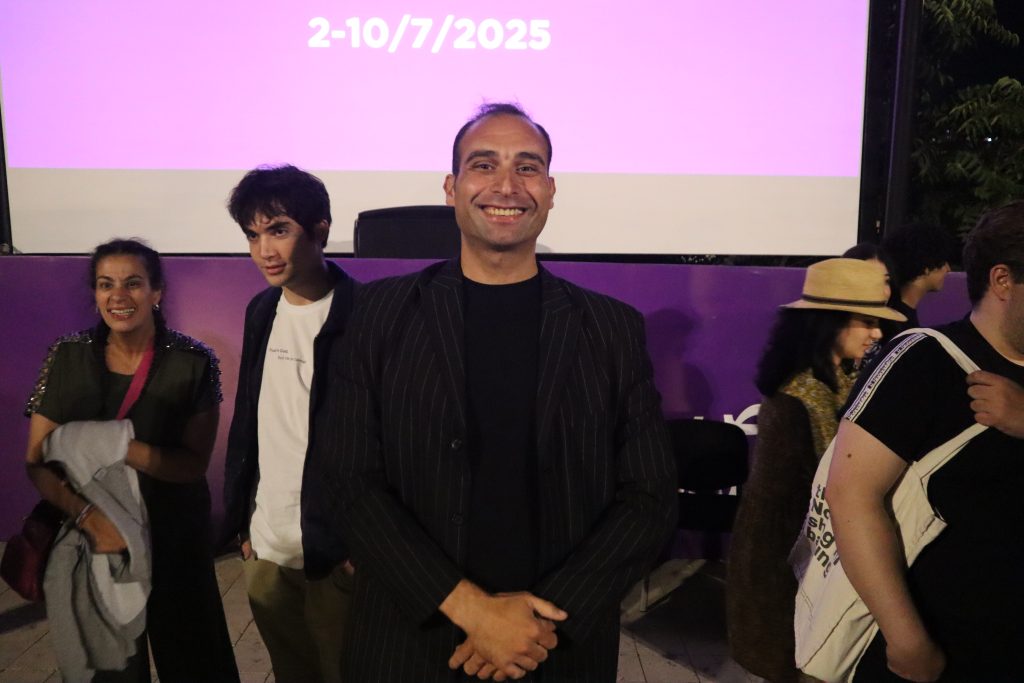
He is the innovator behind the Cocreation Movement, which is now considered one of the most promising movements worldwide. It is also recognized as one of the most innovative movements, offering highly valued perspectives on numerous global issues, and is currently on the path to global expansion.
The Human Rights Dimension
The final factor that makes this case critically important from a human rights perspective is the technology used to target Feras Naser. This includes digital surveillance technology, the use of artificial intelligence, data manipulation, and false news spread on social media platforms. It also involves identifying social relationships and exploiting friends and family members. Today, our aim is not to condemn others, but rather to seek reform and progress. In Feras Naser case, we are acutely aware of the ethical chasm that nations worldwide have fallen into. They are more focused on validating a particular intelligence narrative instead of assisting Feras Naser, the pioneering leader and social changer.
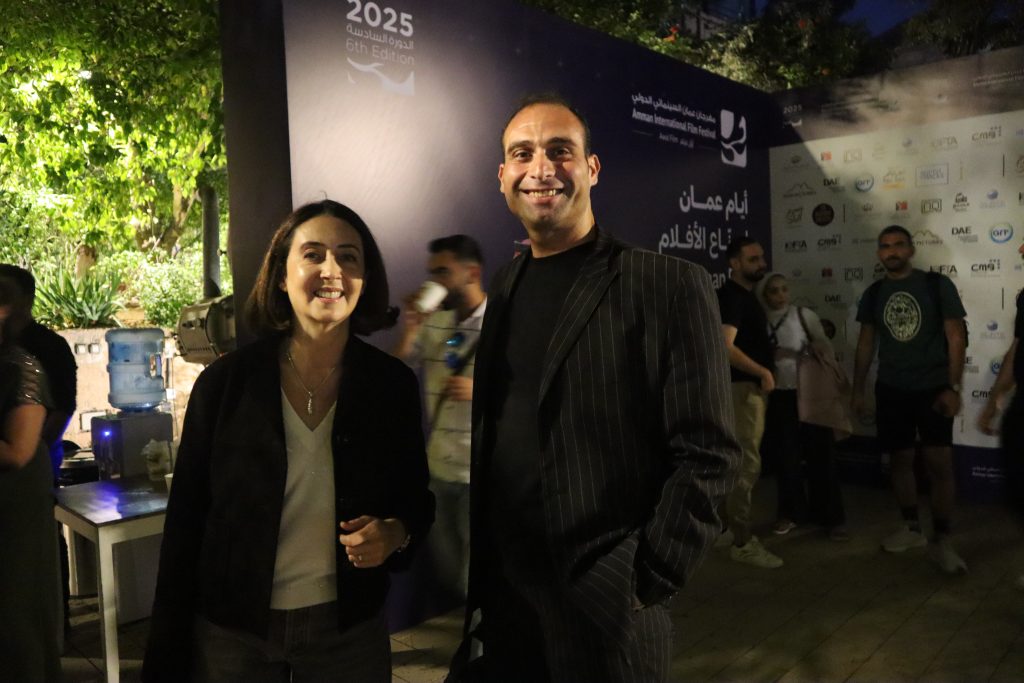
Instead of Feras Naser living in his own intellectual bubble, I find entire nations living in their own bubbles. Instead of receiving compensation and moving forward with establishing the Cocreation Movement, they seem intent on confirming a specific narrative and maintaining the status quo. Ultimately, whether we manage to impose our well on the world, establish the Cocreation Movement, and protect youth globally, we find ourselves facing a reality that compels us to register Feras Naser case as a human heritage issue

